 | Charles Davies - Surveying - 1839 - 376 pages
...AC :: sin C : 'sin B. THEOREM II. In any triangle, the sum of the two sides containing eithei angle, is to their difference, as the tangent of half the sum of the two other angles, to the tangent of half their difference. 53. Let ACB be a triangle : then will AB+AC:... | |
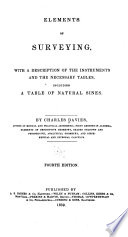 | Charles Davies - Surveying - 1839 - 376 pages
...AC :: sin C : sin B. THEOREM II. In any triangle, the sum of the two sides containing eithei angk, is to their difference, as the tangent of half the sum of the two other angles, to the tangent of haJ/ their difference. 58. Let ACB be a triangle : then will AB+AC:... | |
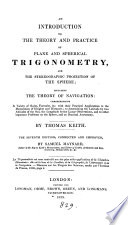 | Thomas Keith - 1839 - 498 pages
...double their opposite angles. PROPOSITION IV. (115) In any plane triangle, the sum of any two sides is to their difference, as the tangent of half the sum of their opposite angles is to the tangent of half their difference, Let ABC be any triangle ; make BE... | |
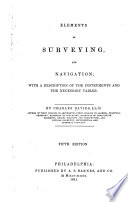 | Charles Davies - Navigation - 1841 - 414 pages
...AC : : sin C : sin B. THEOREM II. In any triangle, the sum of the two sides containing eithei angle, is to their difference, as the tangent of half the sum of the two other angles, to the tangent of half their difference. 58. Let ACB be a triangle : then will AB+AC:... | |
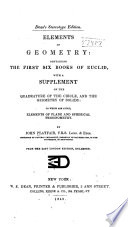 | John Playfair - Euclid's Elements - 1842 - 332 pages
...to the tangent of the difference between either of them and 45°. PROP. IV. THE OR. The sum of any two sides of a triangle is to their difference, as the tangent of half the sum of the angles-opposite to those sides, to the tangent ofhalftlteir difference. Let ABC be any plane triangle... | |
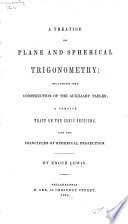 | Enoch Lewis - Conic sections - 1844 - 240 pages
...to any radius whatever (Art. 27). QED ART. 30. In any right lined triangle, the sum of any two sides is, to their difference, as the tangent of half the sum of the angles, opposite to those sides, to the tangent of half their difference. Let ABC be the triangle; AC, AB,... | |
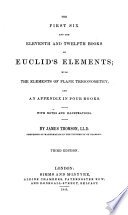 | Euclid, James Thomson - Geometry - 1845 - 382 pages
...part, therefore, of that proposition is a particular case of this PROP. III. THEOR. — The sum of any two sides of a triangle is to their difference, as the tangent of half the sum of the angles opposite to those sides, is to the tangent of half their difference. Let ABC be a triangle, a, b any... | |
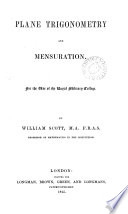 | William Scott - Measurement - 1845 - 288 pages
...tan. ¿ (A — в)' or, a + b : a — b :: tan. | (A + в) : tan. ¿ (A — в).* Hence the sum of any two sides of a triangle, is to their difference, as the tangent of half the sum of the angles oppo-* site to those sides, to the tangent of half their difference. SECT. T. EESOLUTION OF TRIANGLES.... | |
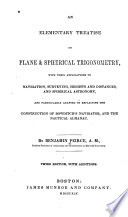 | Benjamin Peirce - Plane trigonometry - 1845 - 498 pages
...12"; to solve the triangle. j ¿ , C> ~! ' ' Ans. The question is impossible. 81. Theorem. The sum of two sides of a triangle is to their difference, as the tangent of half the sum of the opposite angles is to the tangent of half their difference. [B. p. 13.] Proof. We have (fig. 1.) a:... | |
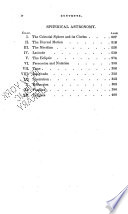 | Benjamin Peirce - Plane trigonometry - 1845 - 498 pages
...equal to 55°28' 12"; to solve the triangle. -4n'. The question is impossible. 81. Theorem. The sum of two sides of a triangle is to their difference, as the tangent of half the sum of the opposite angles is to the tangent of half their difference. [B. p. 13.] Proof. We have (fig. 1.) a... | |
| |